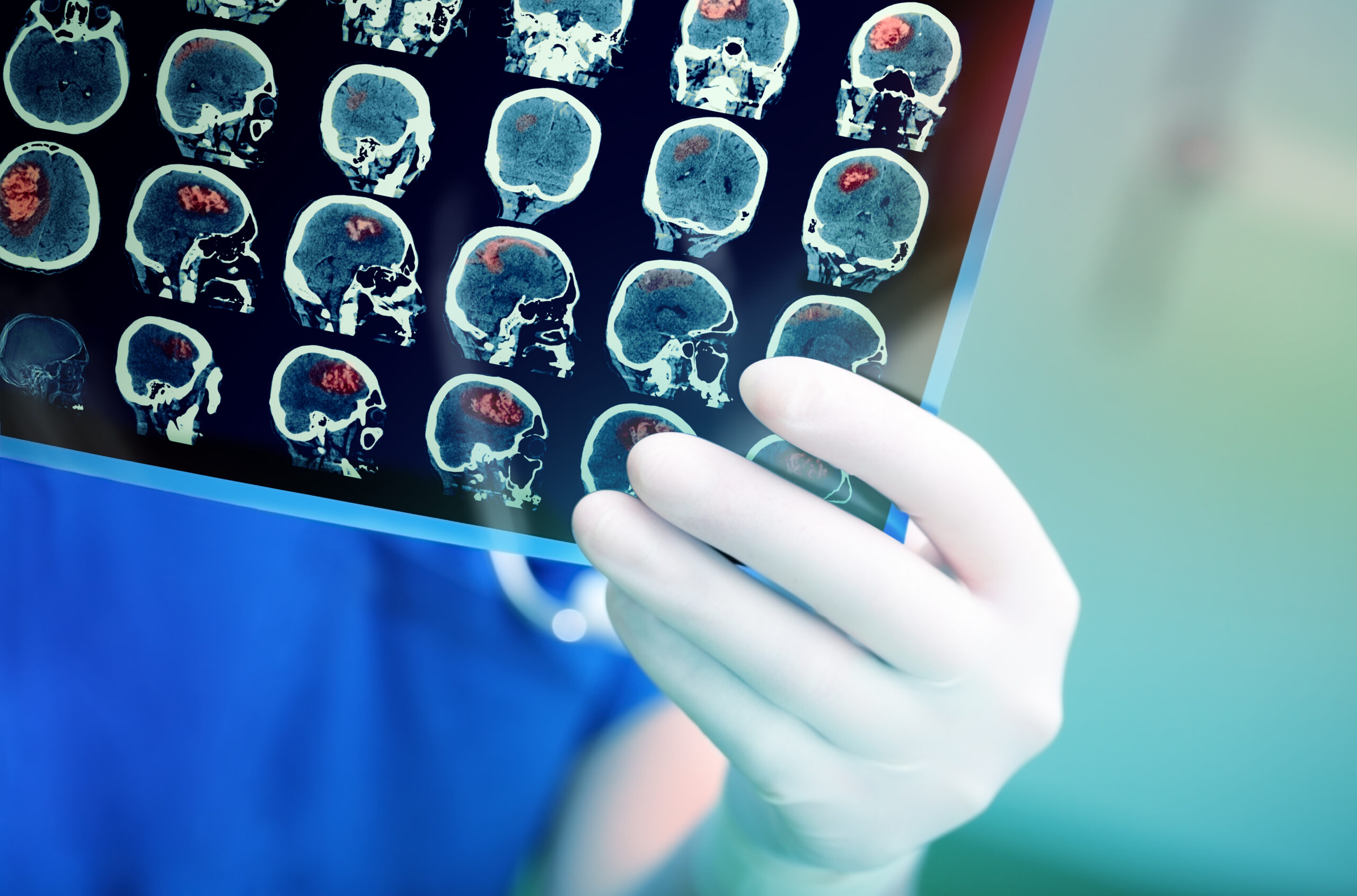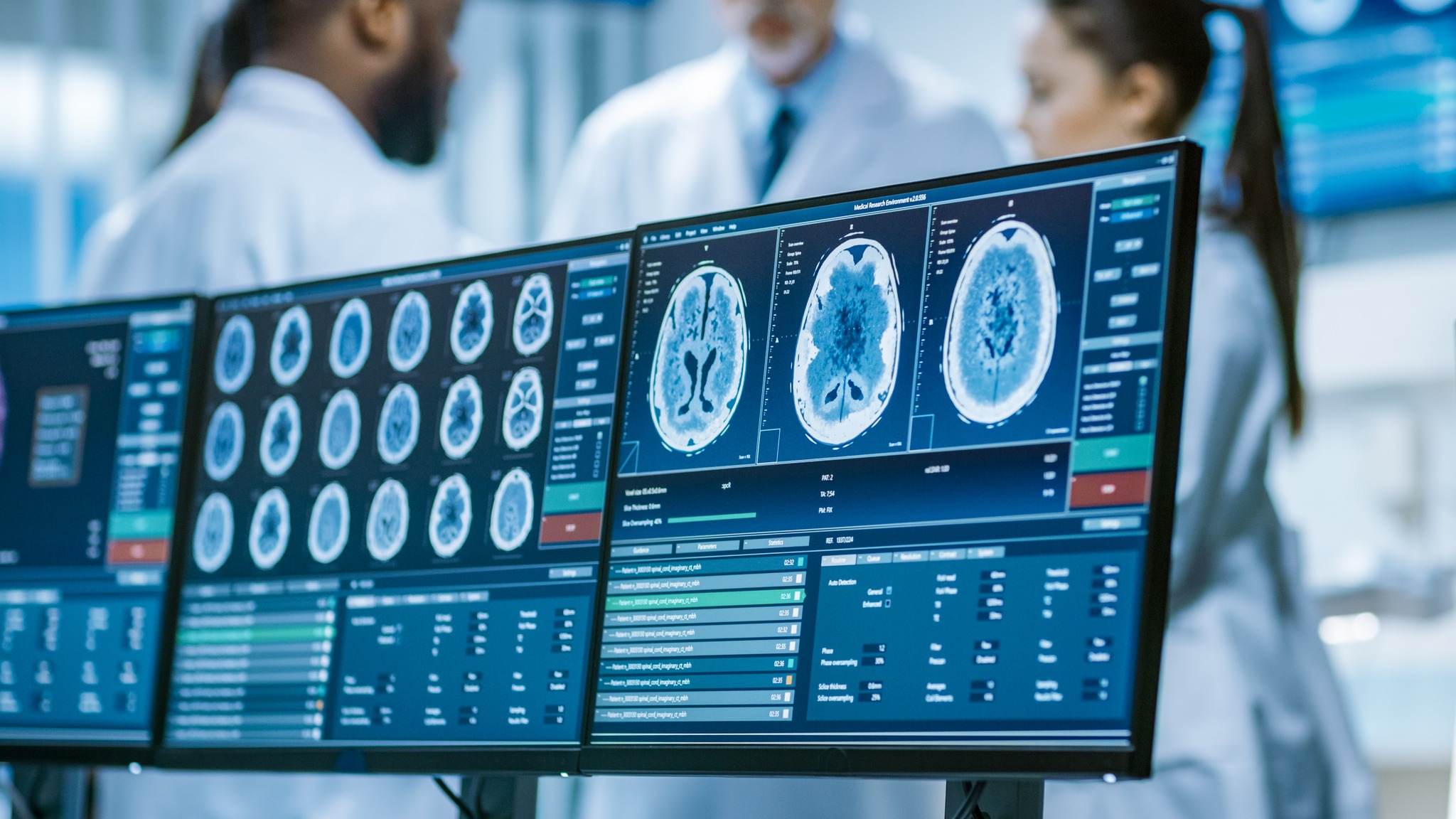Naturally, we’re curious about our health and how things, like x-rays, affect our bodies.
At CAMIS, we care about our patients, our staff, and our community and is why we want to chat a little about x-rays.
How does an x-ray work?
We think it’s important you understand how an x-ray works. The x-ray machine is a well-known device that is used to generate x-rays to image the body and other materials such as oilfield pipelines and airport baggage. X-rays work because of electromagnetic radiation, similar to visible light, but with a much shorter wavelength. The short wavelength is what allows the rays to penetrate materials that light can’t. We credit the invention of x-rays to German physicist Wilhelm Conrad Roentgen who discovered them by accident in 1895.
What is radiation and is it safe?
Energy emitted from a source is generally referred to as radiation. Examples include heat or light from our sun, energy emitted from the earth, and even the energy that radiates off our own bodies. This means that we’re exposed to radiation all the time.
The radiation in an x-ray is ionizing. You can learn more about ionizing radiation here. Exposure to high levels of ionizing radiation can be dangerous for us, but the dose you receive from an x-ray at the doctor, dentist, or chiropractor is very low.
Who is making sure I’m safe?
People enter the medical field because they love helping people and care about the health and wellbeing of those around them. Medical radiation technologists or x-ray techs, have extensive training in radiation safety to ensure you are getting the proper imaging with the lowest possible dose. Our technologists also ask women of childbearing age if they may be pregnant and take appropriate precautions if there is a potential pregnancy.
What are the benefits of an x-ray?
The discovery of x-rays represented a major advancement in medicine. The x-ray is recognized as a valuable medical imaging tool used in a wide variety of examinations and procedures.
Currently, x-ray is used as a noninvasive and painless way to diagnose fractures, disease and monitor therapy. X-rays are also used to support medical and surgical treatment planning and commonly used to guide medical personnel as they insert needles, catheters, stents, or other devices inside the body.
Are there any potential side effects?
Medical x-rays result in such a low dose of radiation that they are not believed to cause any immediate health problems. Pregnant women and children are always at more risk. If you think you may be pregnant, it is important that you inform your physician and technologist before having an x-ray.
There are effectively no side effects and the benefit of the information gained from the x-rays, outweigh the potential risks.
How else am I being exposed to radiation?
Radiation has always been present around us. It comes from space, the ground, and even from within our bodies. Our exposure to natural background radiation may vary depending on location and habits.
We can also be exposed to radiation or x-rays through different avenues, such as by getting a dental exam. All industries that offer diagnostic x-ray imaging are held to the same standard when it comes to radiation exposure. You can be sure that when your doctor, dentist, or chiropractor recommend an x-ray, the benefit has been determined to out way the potential risk.
X-rays at CAMIS
The x-ray is a common imaging test that’s been used for decades. X-rays provide physicians with valuable information to correctly diagnose broken or fractured bones, pneumonia, and many other medical conditions.
At CAMIS, we offer walk-in x-rays for patients with doctors referral. Visit our Red Deer clinic anytime between 7:15 am and 6 pm, Monday-Friday.


